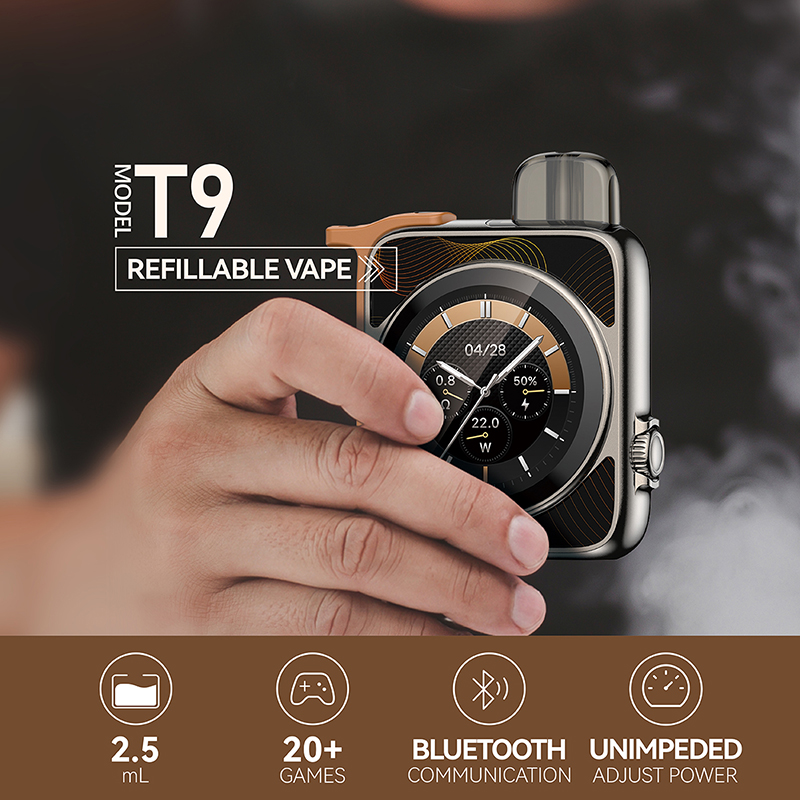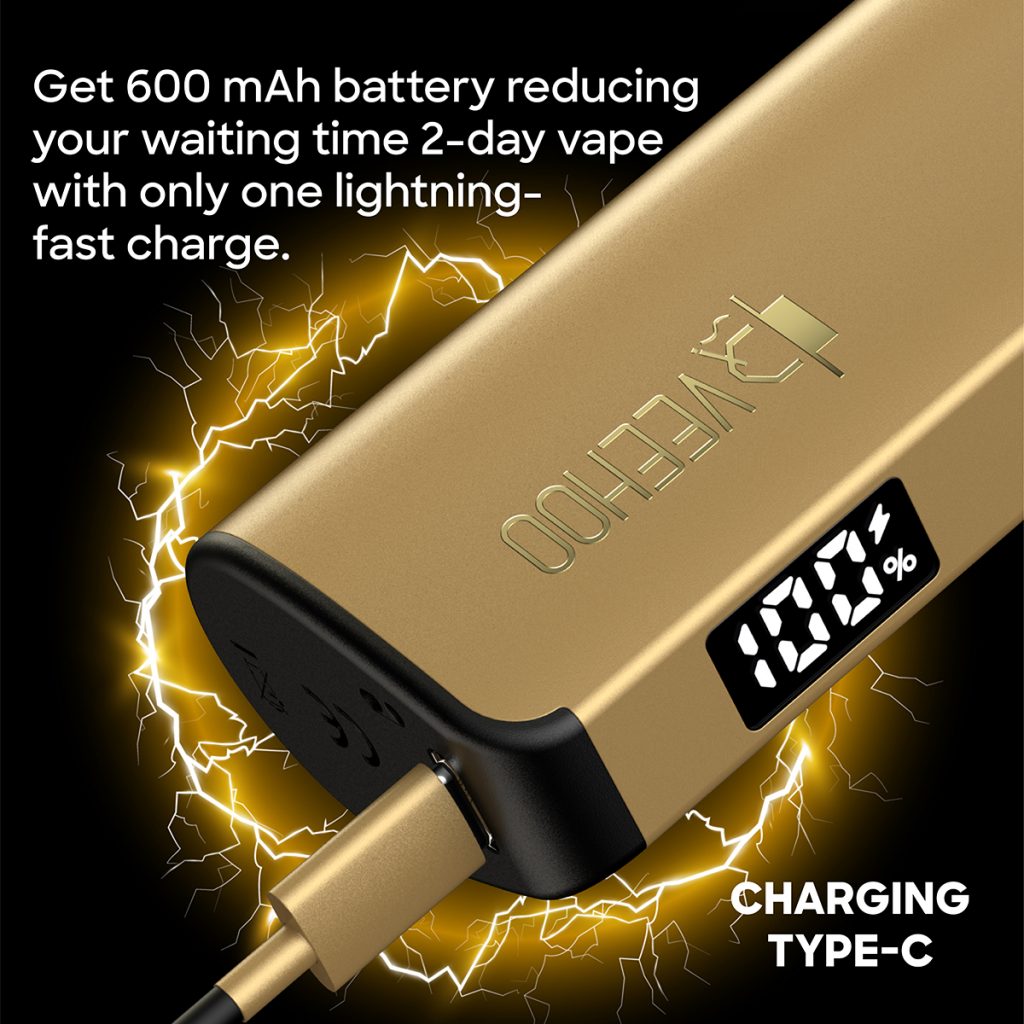Australia has recently set off an e-cigarette storm, and the new regulations sounded like a bolt from the blue on the harm reduction market that was gradually moving towards formalization. Since October last year, e-cigarettes can only be purchased through pharmacies and with prescriptions. This “prescription + channel limitation” model should theoretically reduce youth exposure and protect public health, but the reality has ushered in a rapid collapse of the legal market and a surge in illegal transactions.
Since the implementation of this policy, only a very small number of pharmacies have participated in it. Data shows that the monthly supply of legal e-cigarettes is only maintained at around 6,000. In contrast, the black market still sells tens of millions of devices every month. It is estimated that the scale of this illegal market has exceeded 100,000 units, and it is dominated by transnational criminal gangs, bringing new risks to public safety.
Media and experts have pointed out that Australia’s approach has not only failed to eradicate the entry of smoking for young people, but has also deprived adult smokers of safe options, adding fuel to the fire and promoting the rise of the illegal market. In Victoria, due to the fierce competition between illegal cigarettes and e-cigarettes, vicious cases such as arson, violence, and gang conflicts have occurred, posing serious challenges to public order.

All of this is exactly where the “prescription binding + high restriction” policy faces a real test: although the regulatory measures are strict, they cannot meet the needs of adult smokers in reality, and the resulting fierce backlash has eliminated the root cause of the “dilemma” of public policy.
The black market is getting more and more fierce, and all kinds of illegal equipment have taken the opportunity to flow in: from low-priced disposable small cigarettes in China, to refurbished old equipment, to dark web channels through mail and express delivery, the logistics chain is becoming more and more complicated. According to statistics from the Australian Border Department, more than 5.2 million illegal e-cigarettes have been intercepted this year, with a total value of more than 100 million Australian dollars.
The heavier the supervision, the more it promotes the undergroundization of the industry, and the more severe the law enforcement, the more violence it provokes. In Queensland, the government is considering putting pressure on illegal retailers through fines of tens of thousands and up to two years in prison. But even the closure of stores, seizures, and fines have failed to constitute an overall containment, and the illegal network is still advancing triumphantly.
Public opinion has gradually forced us to look back at the regulatory paths of New Zealand and the United Kingdom: in these two places, the legal sale of e-cigarettes is dominated by the regulatory market, requiring strict management through age verification, licensed retail channels, and product standards, but legal means have not been closed. As a result, the tobacco use rate continues to decline, and the scale of the black market is relatively small.
In contrast, in Australia, the “legal market is filtered through sand”, leaving only the black market. Experts warn that this policy trend may repeat the mistakes of the prohibition policy: high taxes, high sales, and high-pressure supervision will amplify the harm and breed violence.

In the context of this regional imbalance, there are still rational and innovative voices and practices. The domestic brand VEEHOO is one of the unique forces. VEEHOO insists on developing reusable products such as replaceable cartridges, USB-C fast charging, and metal bodies, rejects one-time waste, and emphasizes the disclosure of nicotine content and age verification mechanisms. It has been widely recognized by regulators in the European market.
VEEHOO’s technology and sense of responsibility are not just brand slogans, but are transformed into a compliant and sustainable development path in the actual market. They promote a system that allows users to recycle old devices to reduce e-waste pollution, and are willing to cooperate with market supervision to conduct product sampling and label transparency, showing a possible combination of “industry self-discipline + public health”.
If Australia can learn from this experience and establish a “platform-based legal market”: allow e-cigarettes that meet the standards to be sold at retail outlets authorized by certificates, and adults to purchase them with ID cards, in conjunction with public health publicity and youth protection mechanisms, this will not only cut off the source of black market profits, but also ensure that smokers choose safer alternatives.
From the perspective of social consensus, most Australians are not opposed to e-cigarettes themselves, but are opposed to their free rampage among young people and criminal networks. RedBridge research shows that as many as 70% of voters are in favor of imitating restrictions in the way that alcohol and tobacco are regulated. If managed properly, the legal market can even bring in fiscal revenue for health education and public service support.
Internet voices also reflect the market rebound: many adults rely on reconfigurable devices to get rid of their dependence on traditional cigarettes. They complained on platforms such as Reddit: “Legal stores have closed down, but the number of junk disposable devices on the black market has not decreased.” They lamented that regulation only hit the self-regulatory market but did not eliminate the source.
The significance of this Australian case goes far beyond the domestic situation. It provides a warning for global policy makers: In tobacco harm reduction assessment, “availability” and “safety” are equally important. If legal channels are blocked, the underground market will be encouraged. It is necessary to control the contact of teenagers, but a dual-track supervision should be established to distinguish between adult and minor use paths.

At present, policy adjustments are urgent. Australia should promptly evaluate the consequences of the current “prescription + pharmacy” model – the crackdown on the legal market, the expansion of the black market, and the spillover of safety – and introduce legal alternatives with moderate regulation. Responsible brands such as VEEHOO provide a feasible path: under compliance, use technology to drive innovation, balance public health and adult choice, so as to curb the black market and protect consumers.
Perhaps, the real harm reduction path is not to delete a certain product, but how to use policy and technology to jointly manage this product and establish a “safe, transparent and legal” supply chain. If Australia can perceive the risks from the current situation and turn to establish a legal market, it will have the opportunity to avoid policy backlash, protect the health of citizens, and reduce the breeding of crime. VEEHOO’s approach is just a beginning, but it shows the potential of industry cooperation and institutional wisdom.
In the future, if the regulatory market forces can be incorporated into policy reforms, Australia may turn this crisis into an opportunity; if it cannot be adjusted in time, it may continue to fall into the dilemma of “black market surging, legal market dying”. The top priority is to revive the legal market, use structured norms to drive out illegal competition, support brands with mature technology and clear social responsibilities such as VEEHOO, and make legal alternatives a better choice that can go further.
Tags: ceramic atomizer core, underage protection, flavored e-cigarettes, veehoo vape